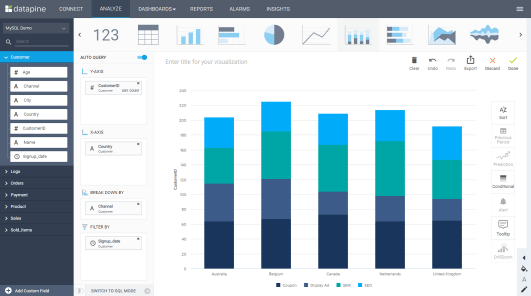
The style will be applied to the VisualElement and all of its children. A stylesheet can be added to a VisualElement. VisualElement labelFromUXML = visualTree.Instantiate() Var visualTree = AssetDatabase.LoadAssetAtPath("Assets/Drag and Drop/DragAndDropWindow.uxml") Each editor window contains a root VisualElement object Wnd.titleContent = new GUIContent("Drag And Drop") Public class DragAndDropWindow : EditorWindow Your finished DragAndDropWindow.cs should look like the following: using UnityEditor


Create a folder in Assets called DragAndDrop to store all your files.Create a project in Unity with any template.To start, create a custom Editor window to hold your drag-and-drop UI. It defines every UI you build with the UI Toolkit.

Visual Tree An object graph, made of lightweight nodes, that holds all the elements in a window or panel.Before you start, get familiar with the following: This guide is for developers familiar with the Unity Editor, UI Toolkit, and C# scripting. You can find the completed files that this example creates in this GitHub repository.

You can drag the object into any slot, as shown below: A preview of a drag-and-drop UI The example adds several slots and one object in a custom Editor window. This example demonstrates how to create a drag-and-drop UI inside a custom Editor window. You can use UI Toolkit to create a drag-and-drop UI inside a custom Editor window or inside an application built by Unity. Unity currently supports three UI systems. Drag-and-drop is a common feature in UI (User Interface) Allows a user to interact with your application.


 0 kommentar(er)
0 kommentar(er)
